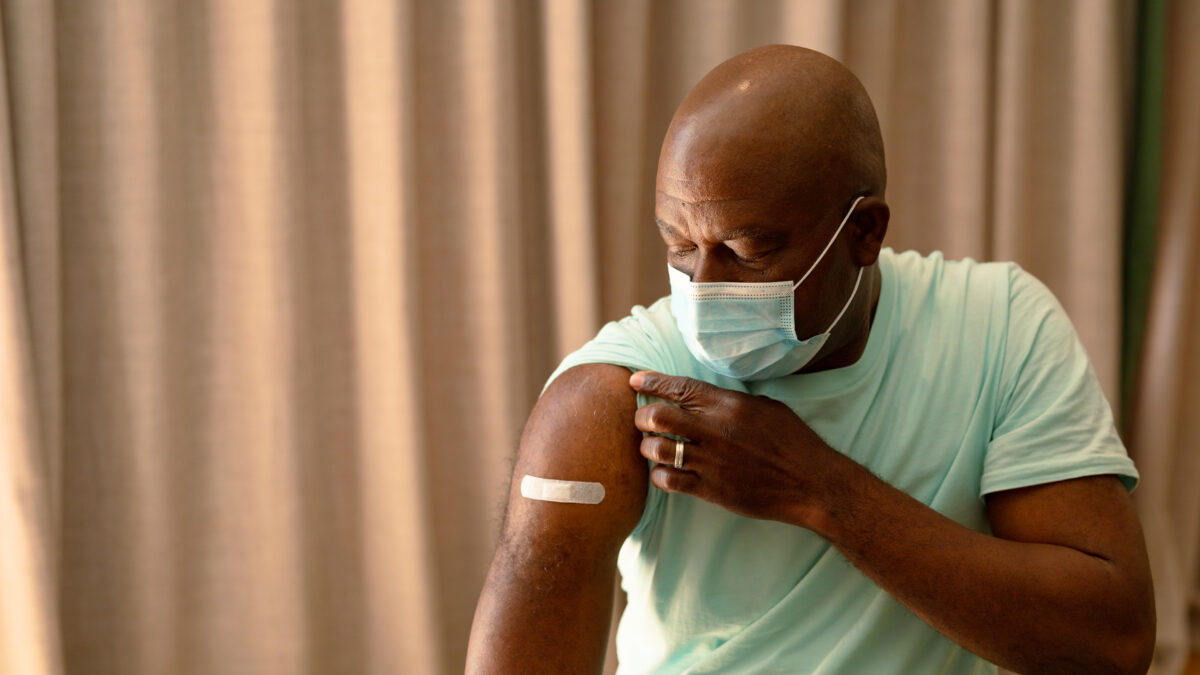Cardiovascular disease stubbornly holds its place as the number one cause of death in America.
But don’t be misled into thinking heart disease presents an equitable burden. It has a disproportionately high impact on Black Americans, striking them more often and more seriously, on average, than their white counterparts.
Discouraging Statistics
The American Heart Association warned that the steady reduction of heart disease and related deaths in the U.S. has not been shared equally by Black Americans. In fact, the organization concluded that heart disease is a primary cause of the disparity in life expectancy between Black and white Americans. The statistics are staggering:
- Black adults are more than twice as likely as white adults to be hospitalized for heart failure.
- Black men have a 70% higher risk of heart failure than white men.
- Black women’s rate of heart failure is 50% higher than white women’s.
- Black Americans are 30% more likely than whites to die from heart disease.
Why the Disparities?
While there are different opinions on exact causes, most experts view the disparity in heart disease as an extension of the widespread and persistent pattern of racial inequity. Among the most cited social determinants that contribute to poor heart health are lack of access to quality health care and higher likelihood of living in a food desert, where healthy foods are harder to purchase.
Even with these systemic barriers, patients are encouraged to adopt behaviors that can help them reduce their risk of developing heart disease. Being physically active, maintaining a healthy weight and stable blood pressure levels, managing stress and not smoking have all been found to reduce one’s risk.
While African Americans are not the only racial group disparately impacted by inequities in access, February – Black History Month and American Heart Month – presents an opportune time to shine a light on the experience of this community. And to use this attention as an impetus for action.




